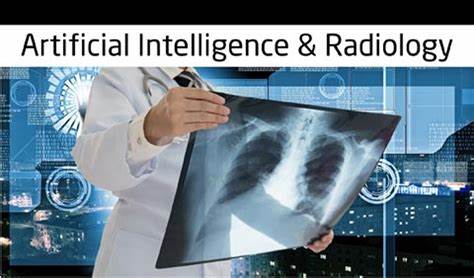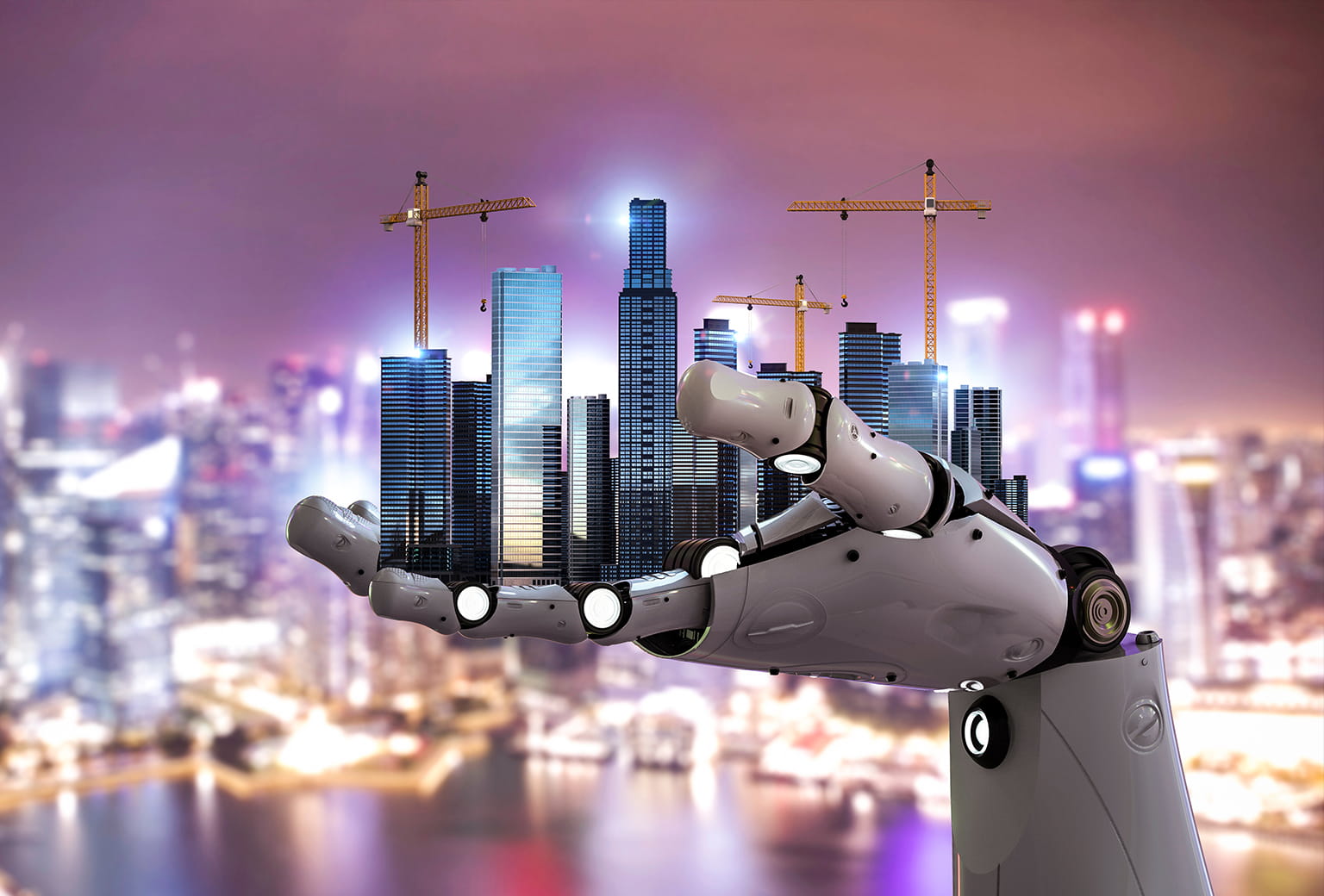
The field of radiology has experienced a significant transformation with the advent of Artificial Intelligence (AI). As AI continues to advance, its impact on radiology has been profound, revolutionizing the way medical imaging is interpreted and diagnosed. In this article, we will explore the key role of AI in radiology, its impact factors, and how it is reshaping the future of medical imaging.
Enhancing Diagnostic Accuracy and Efficiency
AI technology in radiology involves the development of algorithms and machine learning models that analyze medical images, such as X-rays, CT scans, and MRIs. AI systems can detect patterns, abnormalities, and potential diseases that might go unnoticed to the human eye. The integration of AI in radiology is driven by its potential to improve diagnostic accuracy, reduce human errors, and enhance workflow efficiency.
Key Impact Factors of AI in Radiology
- Diagnostic Accuracy: One of the most significant impacts of AI in radiology is its ability to enhance diagnostic accuracy. AI algorithms can analyze large volumes of medical images and detect subtle patterns and anomalies that might be overlooked by radiologists. This can lead to earlier and more accurate diagnoses, improving patient outcomes.
- Workflow Efficiency: AI-powered tools can streamline the radiology workflow by automating certain tasks, such as image pre-processing and triaging. This allows radiologists to focus their expertise on cases that require more attention, ultimately improving overall efficiency in radiology departments.
- Personalized Medicine: AI has the potential to contribute to personalized medicine by analyzing a patient’s medical imaging data, genetics, and other relevant information. This data-driven approach can help tailor treatment plans based on an individual’s unique characteristics and medical history.
- Research and Data Analysis: AI in radiology is accelerating research and data analysis. AI algorithms can process vast amounts of data from various sources, aiding in medical research, clinical trials, and population health studies.
Challenges and Considerations
While AI holds immense promise in radiology, there are several challenges and considerations to address:
- Data Quality and Privacy: The accuracy of AI algorithms relies heavily on the quality and diversity of training data. Ensuring the privacy and security of patient data is also a paramount concern.
- Regulatory Approval: AI algorithms used in medical imaging must undergo rigorous testing and regulatory approval before widespread clinical use.
- Human-AI Collaboration: Radiologists must learn to collaborate effectively with AI systems to ensure optimal results. Understanding the strengths and limitations of AI is essential.
- Ethical and Legal Implications: The use of AI in radiology raises ethical and legal questions, including responsibility for diagnostic errors and liability issues.
The Future of AI in Radiology
AI’s impact on radiology is poised to grow even further in the coming years. Some potential future developments include:
- Improved AI Algorithms: Advancements in AI research and technology will lead to more sophisticated and accurate algorithms for medical image analysis.
- AI-Driven Predictive Analytics: AI systems may be able to predict disease progression and treatment responses based on historical patient data.
- Integration with Electronic Health Records (EHRs): AI in radiology can be integrated with EHRs to provide a comprehensive view of a patient’s health and medical history.
- Remote Diagnostics: AI-powered systems can facilitate remote diagnostics, allowing radiologists to interpret images from different locations and provide timely diagnoses.
AI is revolutionizing radiology, offering unprecedented opportunities to improve diagnostic accuracy, streamline workflows, and advance patient care. The impact factors of AI in radiology encompass enhanced diagnostic precision, improved workflow efficiency, and the potential for personalized medicine. However, it is essential to address challenges related to data quality, regulatory approval, and ethical considerations.
As AI continues to evolve and integrate with radiology practices, it holds the promise of transforming medical imaging and contributing to better patient outcomes. The future of AI in radiology is bright, and its continued advancements will undoubtedly shape the future of medical diagnostics and patient care. As researchers, clinicians, and AI developers work together, the synergy of human expertise and AI capabilities will pave the way for a new era of radiology excellence.



